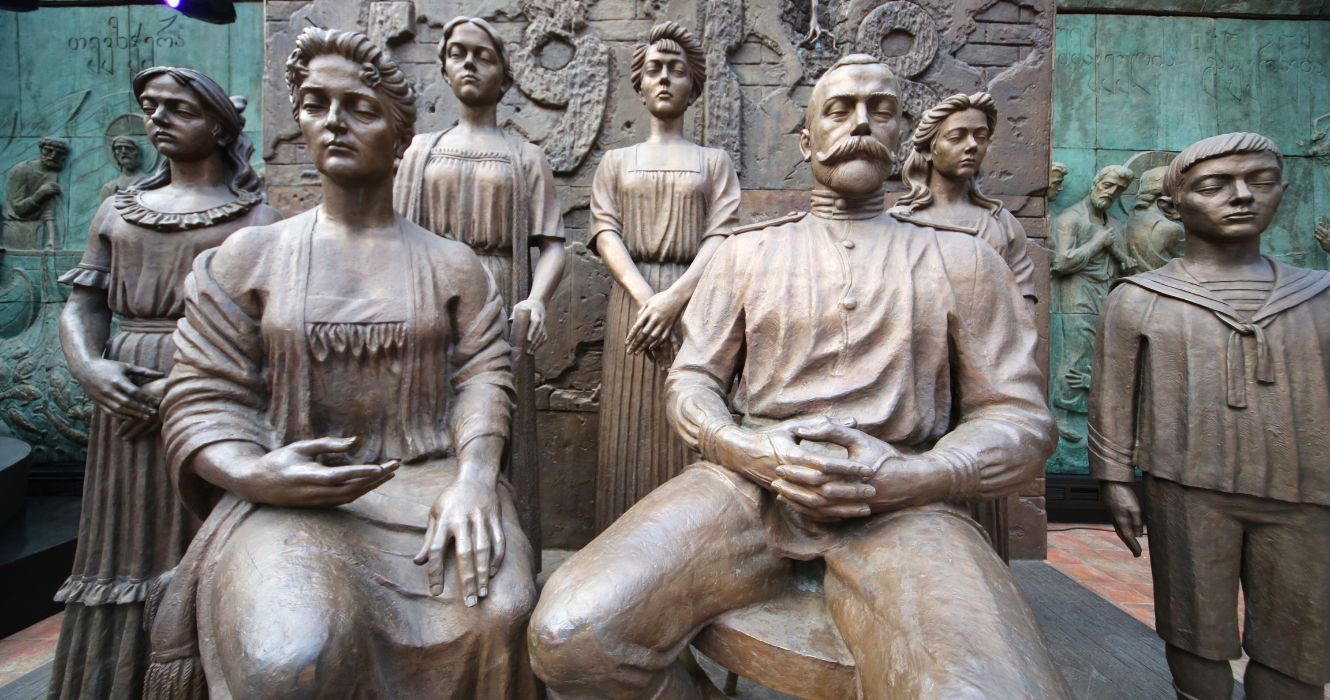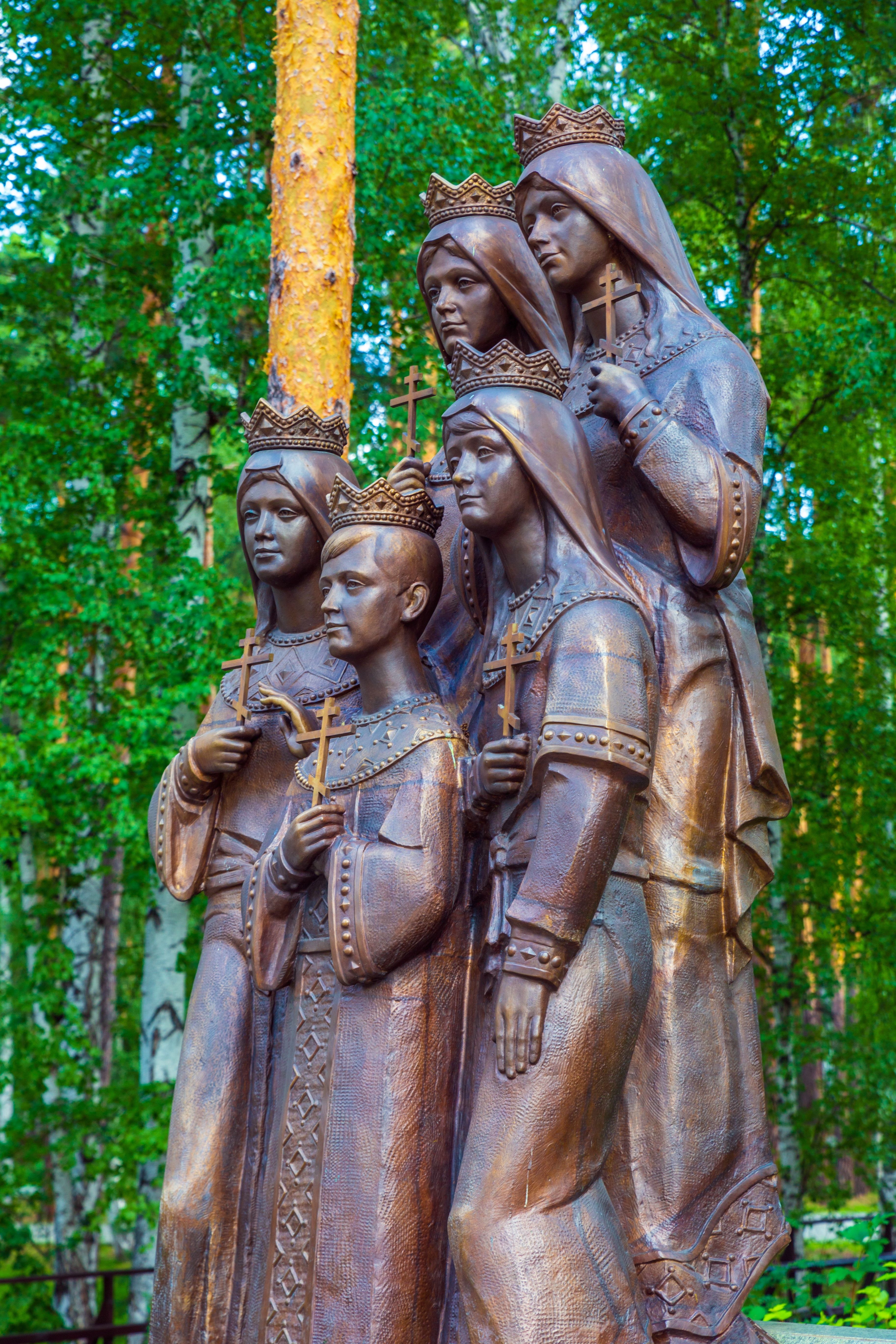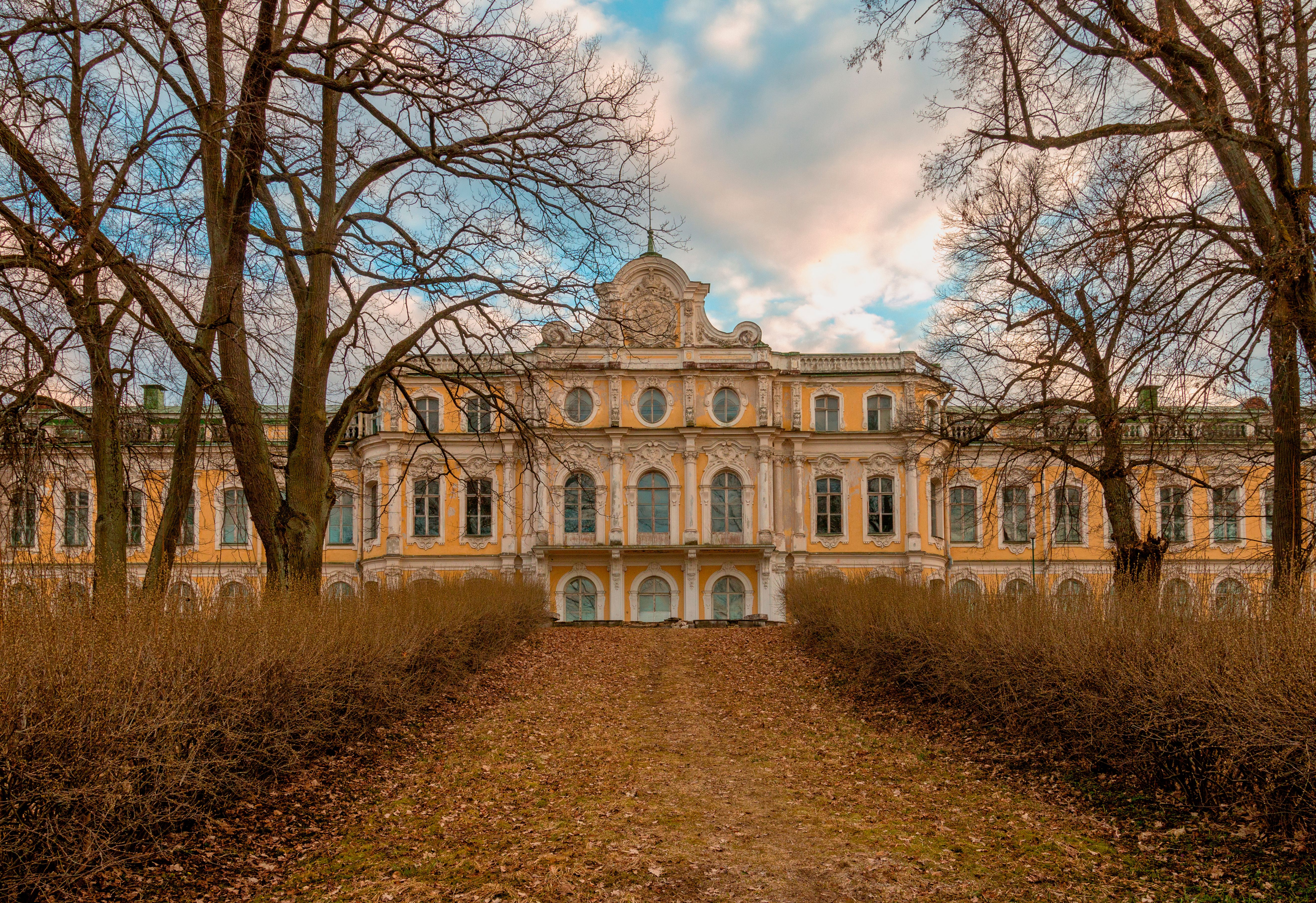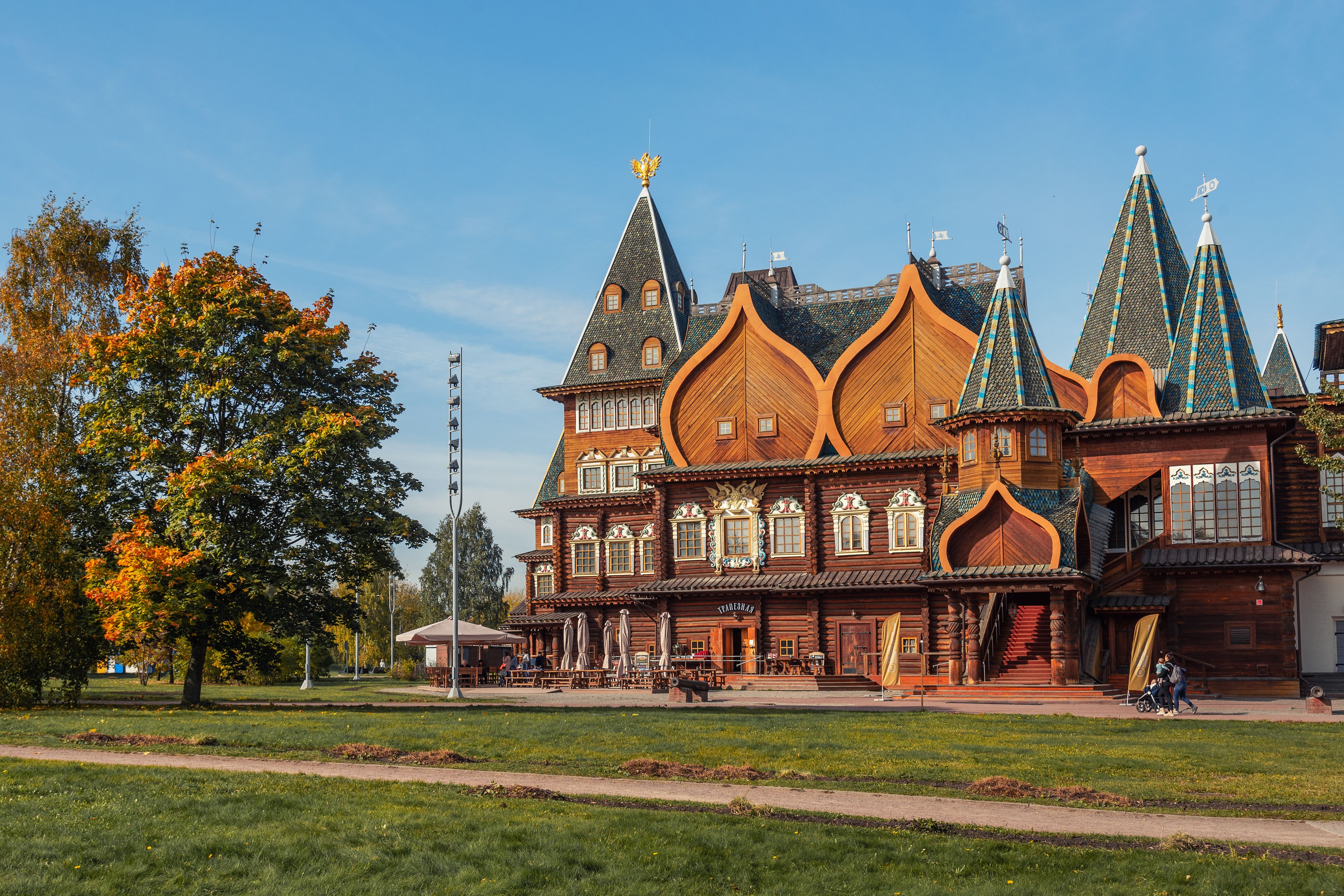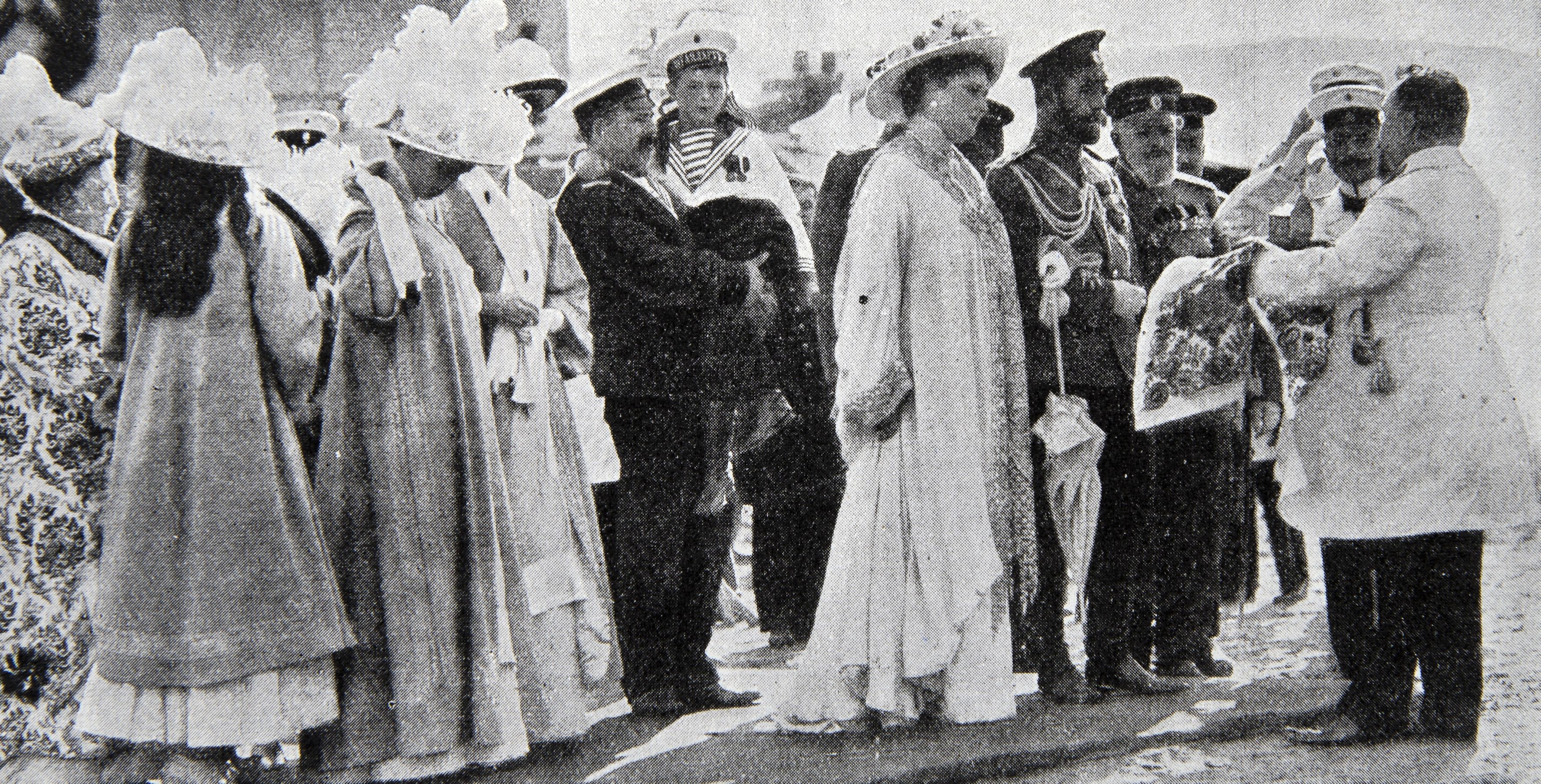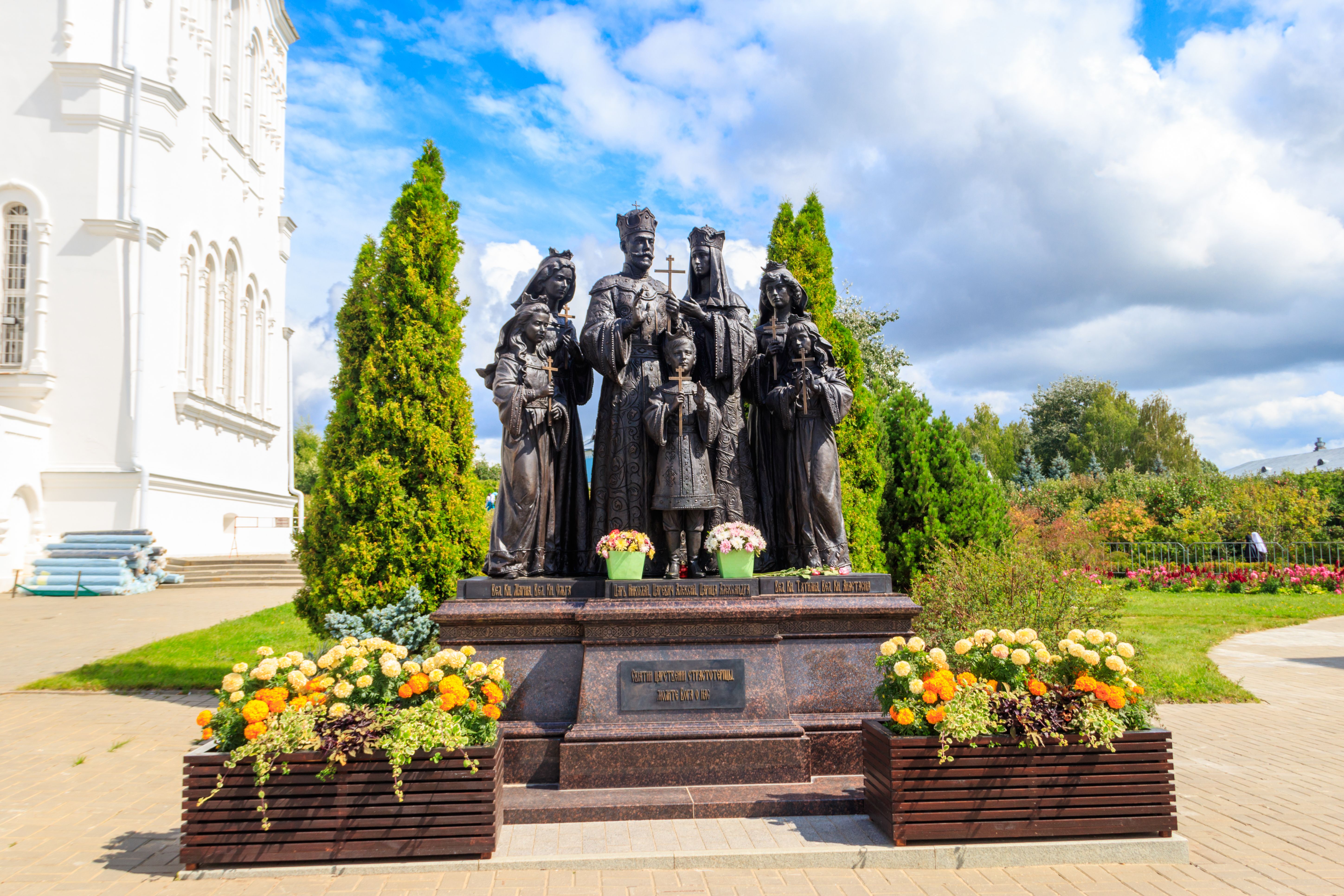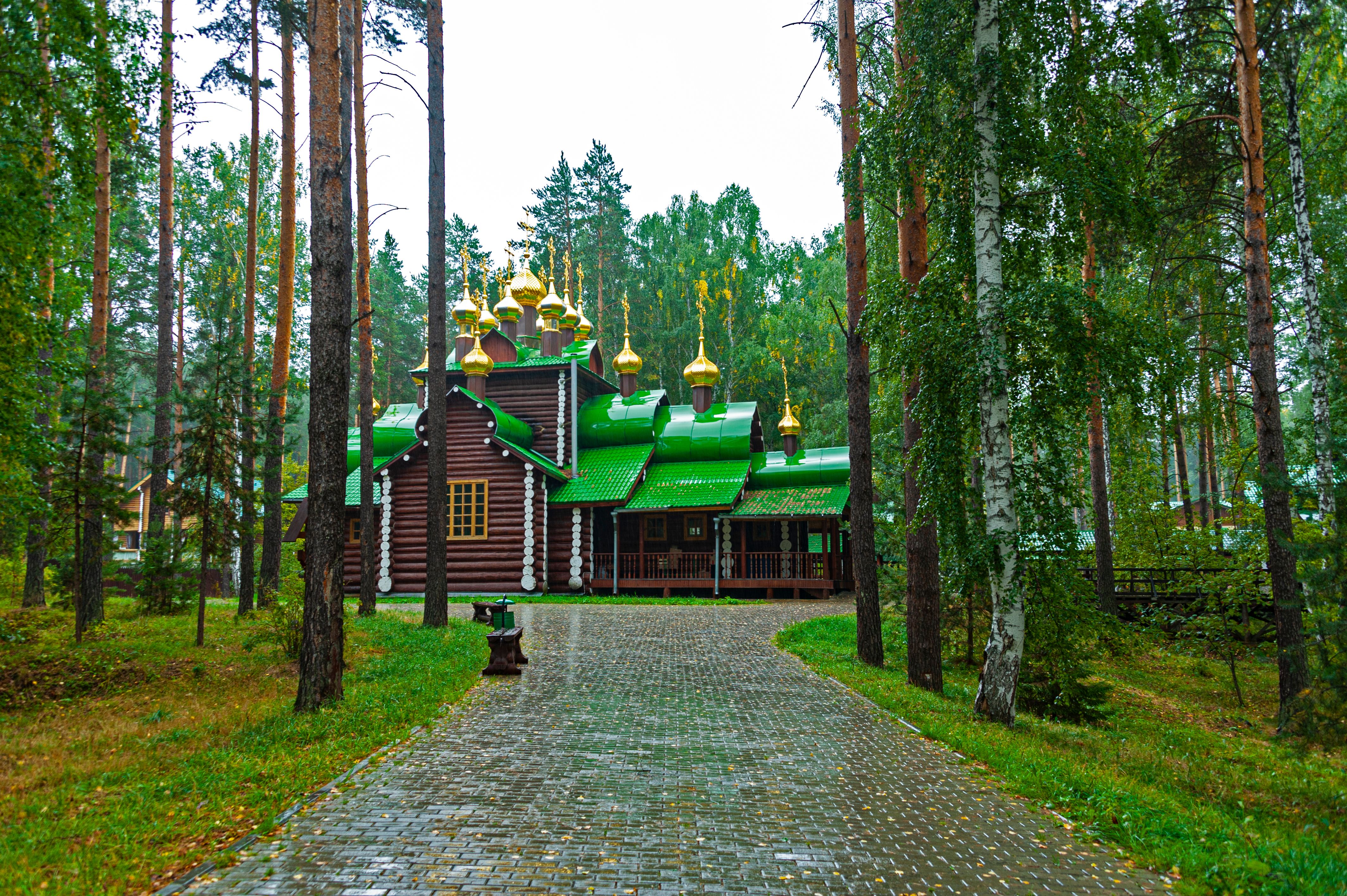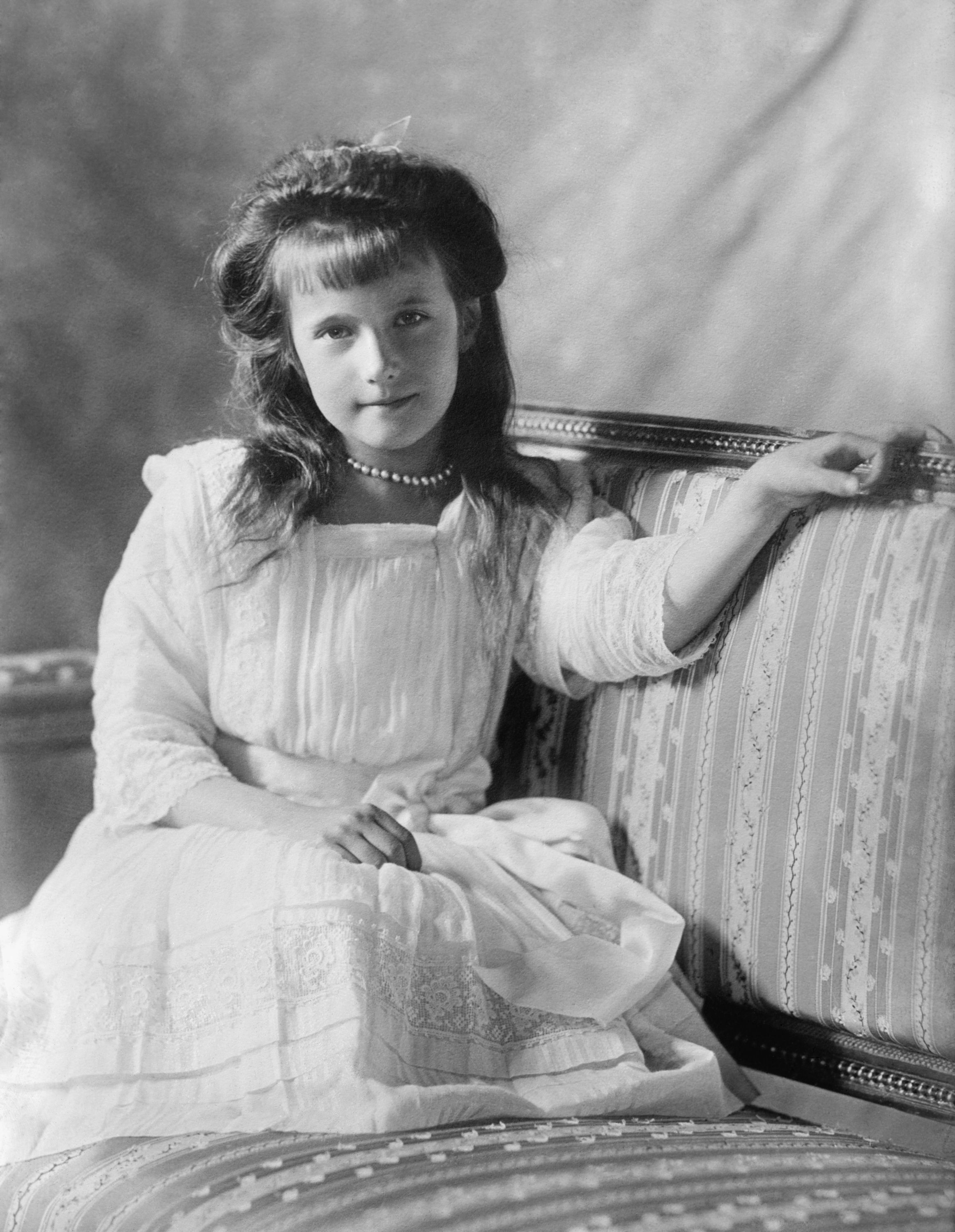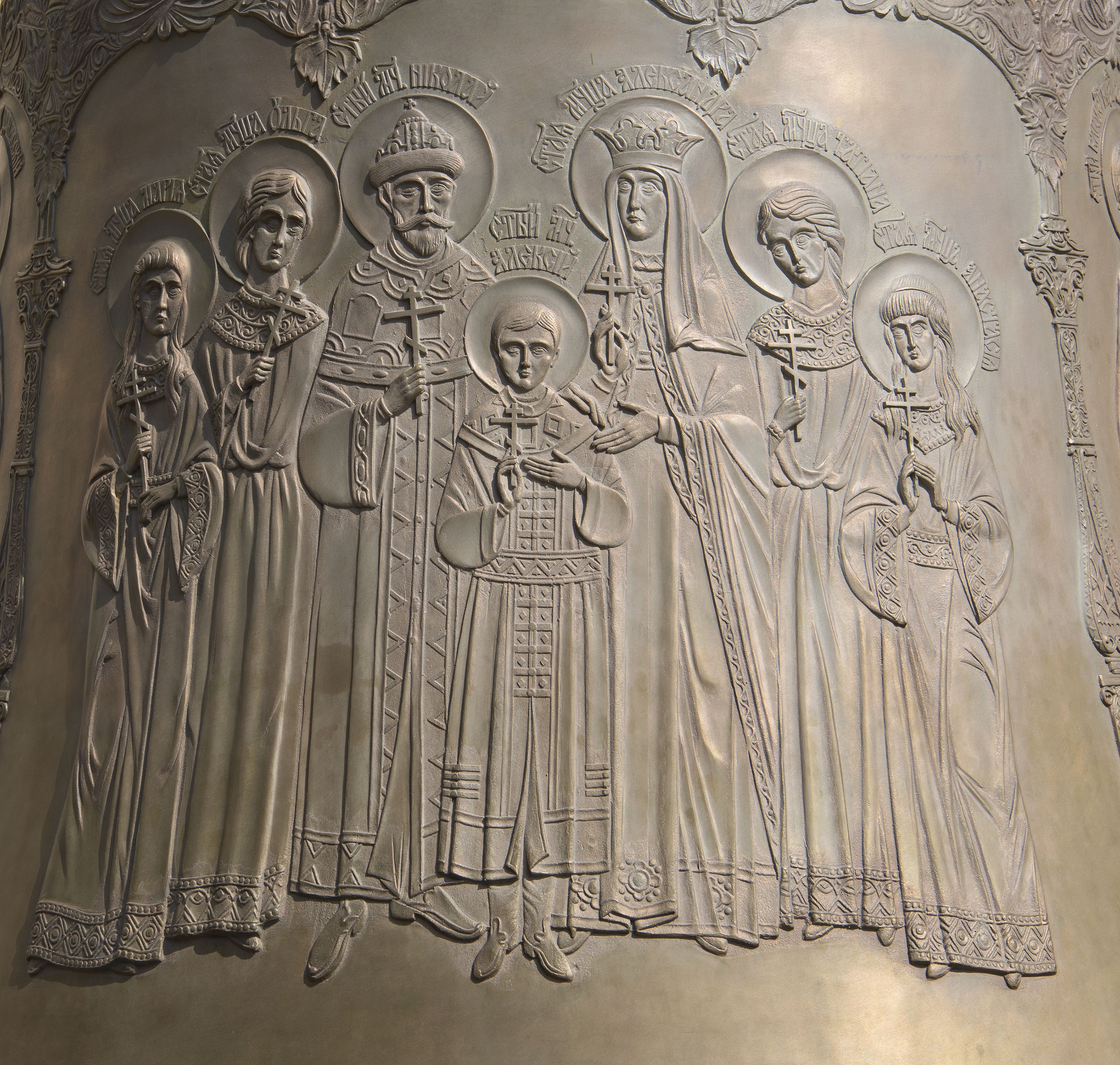Following the Russian Revolution in 1917, the Russian Imperial Family was booted off the throne and under the mercy of the Bolshevik soldiers. By July 1918, the family was dead.
It has been over 100 years since the execution of the Romanovs, the last family to sit on the throne of Russia. And yet, the world is still fascinated by the family, their lives as royalty, and their brutal murders. Although the mystery of what happened to the Romanovs has been solved, they continue to captivate the minds of royal enthusiasts all over the planet.
Keep reading to find out 10 interesting facts about the Romanovs.
10 The Family Formed The Russian Empire
After the Rurik Dynasty in Russia fell in the late 1500s, aristocrat Mikhail Romanov took the throne and became the very first Romanov tsar of Russia. After this, he was known as Michael I. As the Russian throne passed down through the hands of the Romanov family, the Russian Empire was formed.
According to History.com, it was Michael I’s grandson, Peter the Great, who greatly expanded Russia’s territory and helped it to become one of the world’s dominant powers. In 1721, Peter the Great took the title of emperor of the Russian Empire.
9 The Coronation Of Nicholas II Led To The Khodynka Tragedy
The coronation of a new ruler should be a joyous occasion, but the coronation of Nicholas II, the last tsar of Russia, led to tragedy. In fact, his coronation is actually remembered as the Khodynka Tragedy.
Nicholas II became tsar on May 14, 1896, and celebrations were held in the Khodynka field in Moscow. Floods of people attended, all expecting to receive free food and souvenirs. Soon, it was whispered that there wouldn’t be enough celebratory food and free gifts for all the attendees, leading the crowd to turn into an out-of-control mob. More than one thousand people died in the chaos.
8 Alexei Romanov Had “The Royal Disease”
Nicholas II and his wife Alexandra only had one son. Alexei was the youngest of their five children and the only heir to the throne. It is now known that he suffered from a disease called hemophilia, which stops the blood from clotting normally. This means that after any injury, there would be excessive bleeding. Because of this, Alexei was mostly confined to his bed.
Hemophilia is an inherited disease and was prevalent among many relatives of Queen Victoria, who was Alexandra’s grandmother. Because of this, hemophilia is sometimes known as the “royal disease”.
7 Alexandra Was Devoted To Rasputin
Although he wasn’t part of the Romanov family, Rasputin is still as famous—or as infamous—today as the royal family. A mysterious healer from a Siberian village, Grigori Rasputin was able to get close to the family through Alexandra, who was in many ways devoted to him. It is thought that she believed Rasputin would be able to heal Alexei.
Before the Romanov family was murdered, Rasputin was killed in St. Petersburg at the Yusupov Palace in 1916. Historians generally accept that aristocrats and others who did not like his influence on the royal family were behind his murder.
6 Before Their Execution, They Were Under House Arrest
The execution of the Romanov family is remembered by many as a particularly brutal event in Russian history. However, they weren’t taken from the palace straight to their execution.
At first, the family was exiled to Siberia where they lived under house arrest. Following this, they were relocated to Yekaterinburg, where they were kept in a merchant’s house known as Ipatiev House. This would become the site of their execution months later in July 1918. The house has since been torn down.
5 Jewels In Their Clothes Stopped Some Of Them From Dying Immediately
The Romanovs were killed in the basement of Ipatiev House, where they were shot by firing squad. Horrifically, not all of them died immediately. This was because some members of the family had sewn jewelry into their clothes, believing they might be released to start life again with nothing. The jewels cause the bullets to ricochet rather than pierce the bodies.
Although this saved them from the first round of bullets, it did not help them in the long run. In the end, the surviving members of the family were killed with the soldiers’ bayonets.
4 They Were Buried In Mass, Unmarked Graves
Following their execution, the Romanovs were thrown at first into a mine. But wanting to completely destroy any trace of their remains, the soldiers buried them in a mass unmarked grave and doused them with acid. They were discovered over 70 years later in 1991.
Because only the remains of Nicholas, Alexandra, and three daughters were found, it was believed for a long time that Alexei and one of his sisters might have escaped. However, these remains were found in a second grave nearby in 2007. It is thought that Alexei was buried with either Anastasia or Maria.
3 People Really Did Pretend To Be Anastasia
For a long time, people really did believe that Anastasia might have avoided the terrible fate of the rest of her family. Over the years, several imposters claimed to be the lost grand duchess, a phenomenon which is shown in the 1997 film Anastasia.
The most famous imposter was a woman called Anna Anderson who told fellow patients in an asylum that she was the real Anastasia in the 1920s. An extensive investigation found that Anderson was actually a factory worker from Poland who had a history of mental illness.
2 They Were Distantly Related To The British Royal Family
Although Russia and Great Britain seem miles apart both in culture and distance, the two royal families were distantly related. Queen Elizabeth II of England is the granddaughter of George V, who was Queen Victoria’s grandson. George V’s mother and Nicholas II’s mother, Alexandra of Denmark and Maria Feodorovna of Russia, were sisters. As a result, King George V and Nicholas II were first cousins. Interestingly, the two royals bore a striking resemblance to one another.
Nicholas II’s wife Alexandra was also the granddaughter of Queen Victoria of the United Kingdom. Queen Elizabeth II’s husband, Prince Philip, is also the grand-nephew of Alexandra.
1 The Case Of The Romanovs Is Not Closed
Although the remains of the Romanov family were discovered and they were canonized as martyrs in 2000, the case remains open. The Russian Orthodox Church had it officially reopened in 2015 in order to confirm the identity of the remains.
Although most of the family members have been laid to rest, the bones of Alexei and one of his sisters are yet to be interred with the rest of the family. Surviving relatives of the family have argued that the family deserves to rest in peace together and the remains should be subject to no more testing.

